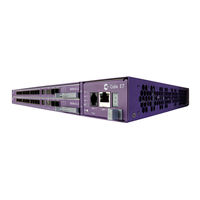
Calix E7-2 Intelligent Access System Manuals
Manuals and User Guides for Calix E7-2 Intelligent Access System. We have 2 Calix E7-2 Intelligent Access System manuals available for free PDF download: Application Manual, Installation Manual
Calix E7-2 Application Manual (226 pages)
R2.4 xDSL
Brand: Calix
|
Category: Wireless Access Point
|
Size: 1.64 MB
Table of Contents
Advertisement
Calix E7-2 Installation Manual (62 pages)
Brand: Calix
|
Category: Wireless Access Point
|
Size: 1.23 MB
Table of Contents
Advertisement

